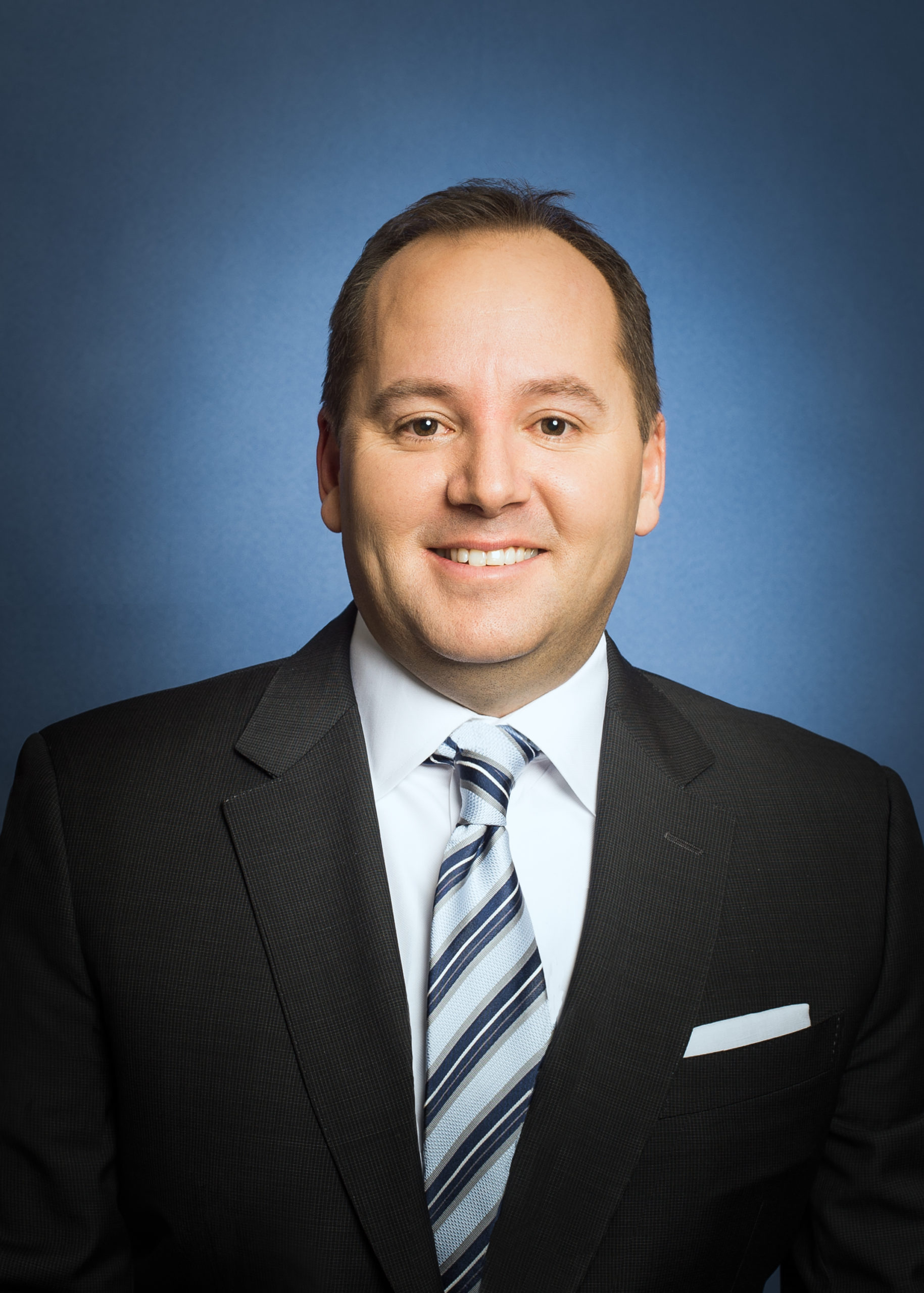The workforce is more diverse than ever–employees represent a number of ages and generations, and they have different definitions of family, different stressors and different needs.
Successful employers are recognizing those differences and helping to address them by offering employees diverse benefits and robust wellbeing programs, says Bradd Chignoli, senior vice president of group benefits at MetLife.
Such offerings go beyond just focusing on employees’ physical health to include critical components that support workers’ mental, financial and social health, says Chignoli, who will speak about wellness and how employers are creating healthy workplaces at HRE’s Health & Benefits Leadership Conference in April in Las Vegas.
Chignoli recently talked with Human Resource Executive® about how employers are rethinking employee benefits, what holistic wellbeing entails and what he’ll be discussing at the upcoming HBLC event.
You’ll be speaking at HBLC about creating a healthy work-life world. Can you give us a glimpse into what you’ll be discussing?
MetLife’s annual U.S. Employee Benefit Trend Study is being released just a few weeks before the April conference, so the insights the audience hears will be incredibly fresh. Without pre-empting our study launch too much, I’ll touch on the importance of supporting employees’ health holistically as critical for organizations’ success.
What are some of the most significant changes you’ve seen over the years in regards to MetLife’s annual findings? What are employers doing differently now in terms of benefits?
We are lucky to have nearly two decades’ worth of data focused on employees, employers and employee benefit trends. Over the years, there have been major changes to employers’ and employees’ overall objectives, needs and desires, such as reducing costs, attracting and retaining top talent and improving employee wellness.
Employers remain focused on the long-term, and continue to support their commitment to employee benefits, which employees depend on for protection and stability. Over the past several years, we continue to see a shift from employer-sponsored to contributory and voluntary benefits. In addition, employers have increased their focus on supporting employees’ financial wellness through a variety of tools, workshops and education that helps plan for short- and long-term financial goals.
Related: An inside look at April’s Health & Benefits Leadership Conference
It seems there’s been a shift in which employers are really focusing on employees’ overall wellbeing and how to keep them healthy, right? Why do you think that is, and what’s driving that shift?
Absolutely. Contributing to this shift is the accepted knowledge that health has expanded to include mental, financial and even social health, in addition to physical wellbeing. Employers who had focused purely on employees’ physical health were missing critical aspects of [the] employee’s life that impact how they interact and engage in the workplace.
What are some of the things employers need to do to successfully create healthy organizations?
In that sense, which employee benefits do you see as most valuable right now?
A robust and multi-faceted financial-wellness program that incorporates employees’ benefits into their total financial view is extremely helpful in ensuring employees are best leveraging the benefits they do have while working toward achieving their financial goals.


